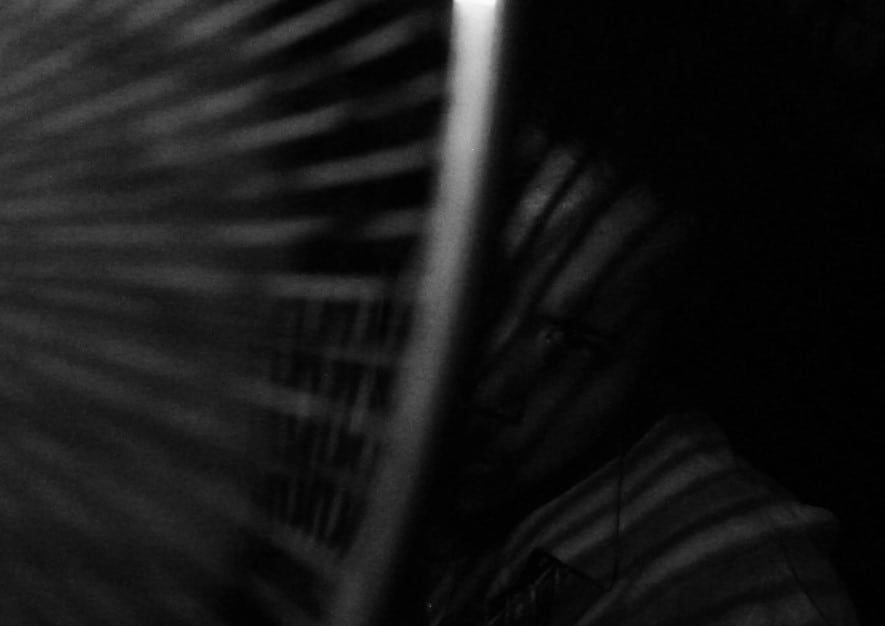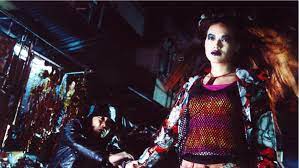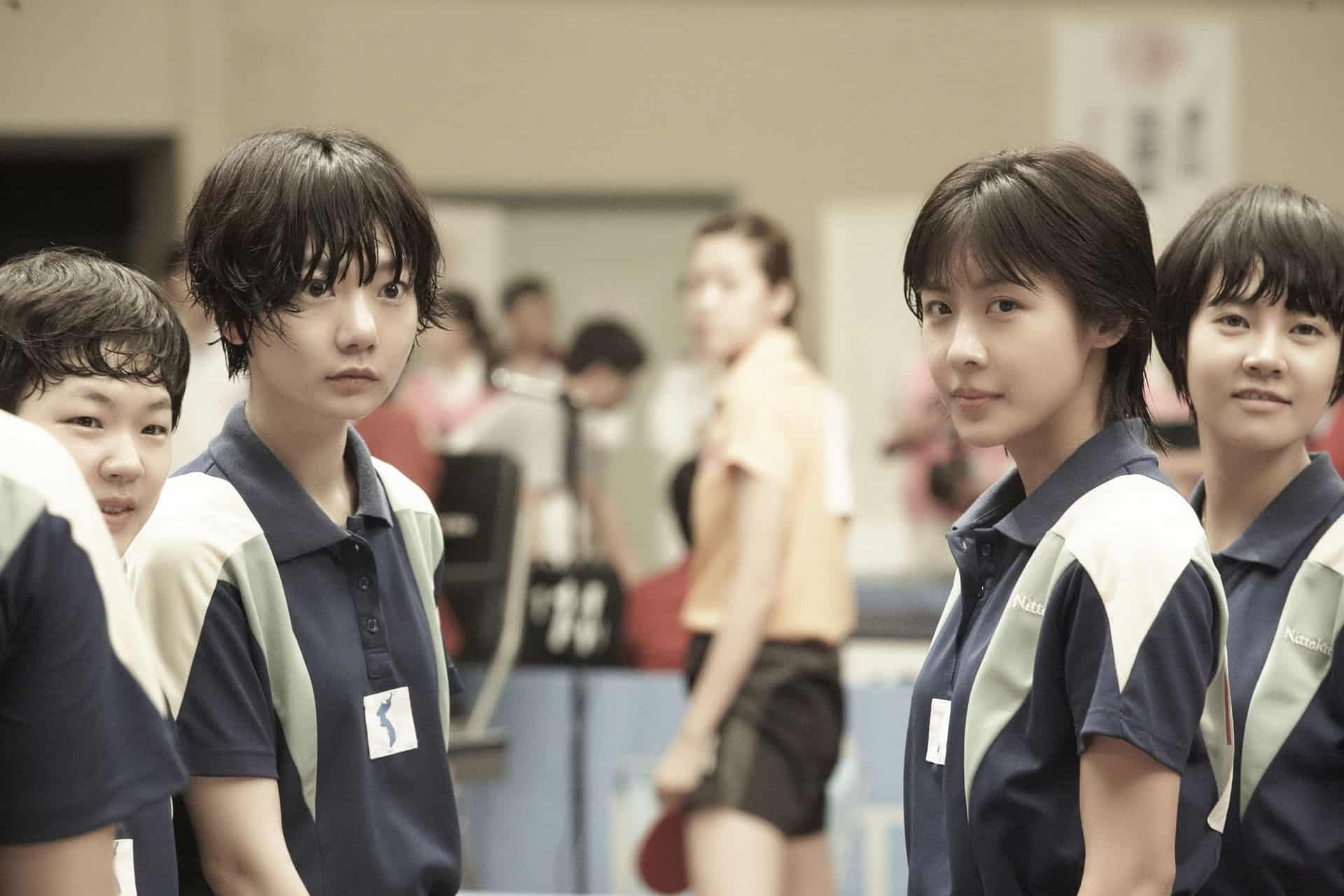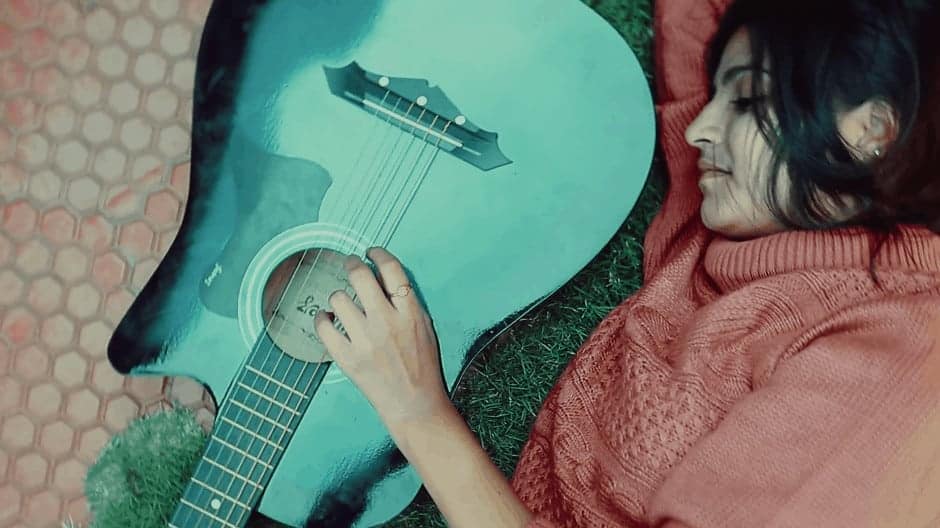Expanding on the homonymous short, “Greaseman” presents the comments of the original much more eloquently while adding more, through a presentation that points towards the music video, since there is no dialogue, but the presence of music is constant. The film was shot in one day and premiered at a pop-up outdoor screening outside the infamous Manila Film Center in 2001.
The film focuses on two radically different individuals. The Greaseman is a dirty bump roaming the streets of Manila with no shoes, barely dressed, trying to scrape anything he can to eat, while reading a book or being followed by children who seem to mock him but not being afraid of his terrible appearance. The Yuppie is a well-off man, living in a comfortable apartment, working in an office and spending his time visiting galleries or flirting with shop clerks. One night, however, the radically differently paths of the two men collide, when the Yuppie sees the Greaseman unconscious on the side of the road. Instead of just ignoring him, however, he stops, picks him up, puts him in his car and takes him to the hospital, where they treat him. Even more, he pays the bill and even brings the man to his house, in a rather “good Samaritan” sequence of actions. Alas, the fate of the Yuppie is not what anyone would expect, since the Greaseman proceeds on a rather despicable act, as soon as he wakes up.
Khavn presents another experimental-style film, an approach that derives not just from the music-video aesthetics and the lack of dialogue, but also for a number of other reasons. First of all, from Khavn's cinematography, who shot the film with a Canon XL1 camera, inducing the image with a purposefully amateurish quality, as if an “ordinary” person is just following the two protagonists with a camera. The second is the soundtrack, which was written by Khavn and performed by him (piano and vox), Raimund Marasigan (drums and percussion) and Derek Lleto (5-string bass), Rastem Eugenio (tenor saxophone), David Endriga (electric guitar) and Diwa De Leon (hegalong and violin). The improvised instrumental soundtrack was recorded live (no second takes, no overdubs) while watching the silent film. The vocals were added after this, recorded in the same way: improvised and live, in Filipino then in in English, with the lyrics actually saying different things in each language.
Both the lyrics and the music seem to be the product of intense improvisation, with both occasionally fitting, describing or explaining the images on screen, but not always. The third are the various shadow plays by the Anino Shadow Play Collective, which are characterized by a kaleidoscopic essence, and are used as transition scenes between the various events that unfold on screen.
Inside this presentational chaos, which is implemented in very fitting fashion by the equally extreme editing of Gatla Gunawin (alter ego of JD Domingo, who has cooperated with both Khavn and Kip Oebanda) Khavn manages once more to present his comments quite eloquently. The first one, and the one that gives the film its road-movie base highlights the different sides of Metro Manila, from the slums that the Greaseman walks to the urban setting the Yuppie frequents. Their meeting, however, seems to imply that these two sides are not as far away as one would think.
The rest of the comments focus on human nature, with the first one revolving around the “No good deed goes unpunished” theme and the second goes against the widely popular opinion that the have-nots are decent and righteous, and the rich cruel and uncaring. At the same time, Khavn shows that sometimes, outer appearance actually mirrors inner character.
Also of importance is the casting, with Khavn having Lou Veloso, an actor, comedian, theater actor, musical theater director, movie director and politician who was actually councilor of the 6th district of Manila at the time, play the Greaseman, and Eric Quizon, son of Dolphy, the Philippine King of Comedy and brother of Epy Quizon (lead actor of “Edsa XXX” and “The Last Gag Of Buster Quizon”), play the Yuppie. Their antithetical chemistry, both in the style of acting and overall appearance, works quite well for the narrative, despite the fact that the two appear on screen at the same time for a very brief time space.
“Greaseman” lingers somewhere between the film, the music video and the installation, but the cinematic value is quite evident, as much as Khavn's effort to present a number of both common and uncommon comments, through a rather uncommon approach.














